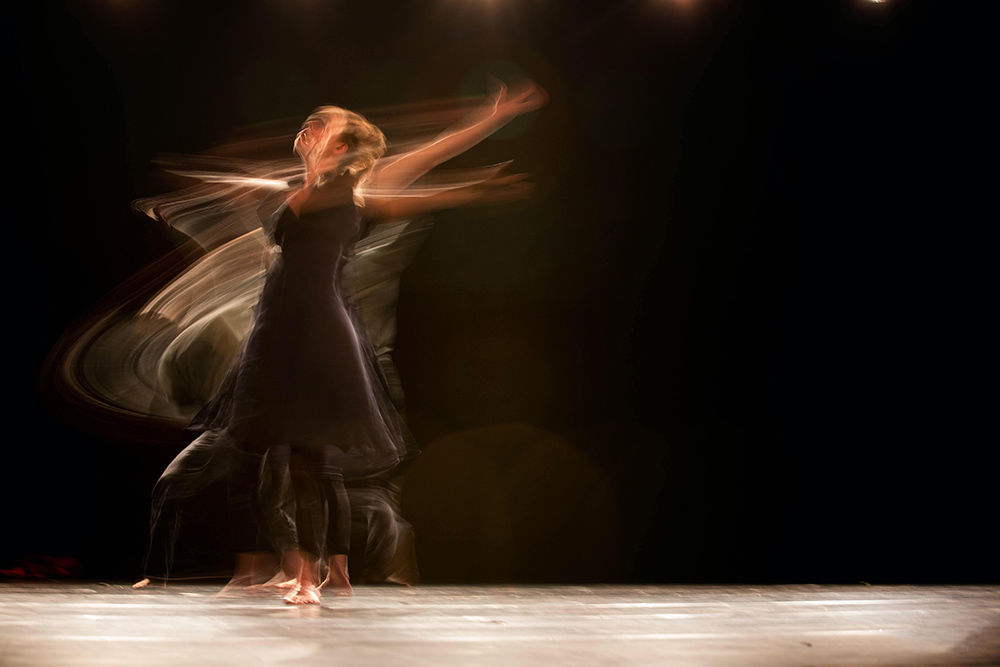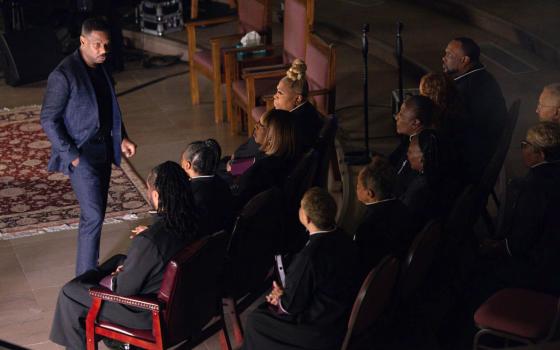
(Unsplash/Ahmad Odeh)
For the past few months, my recently retired father has been diligently decluttering my childhood home. This is a considerable task, considering my parents have lived in this same house for the past 35 years and raised five kids within its walls, each of whom has left behind a collection of childhood trinkets, drawings, school projects, the usual things that are easy to forget when one moves away from home.
When I talked to my dad last week, he said, "You know what I found in the basement today when I was cleaning it out?" I thought for a second: I wondered if he found something embarrassing like my old Spice Girls Barbie, or the Titanic poster that used to hang in my bedroom, or a Lisa Frank folder from middle school on which I scribbled, "NSYNC rulez." But before I could guess, he answered: "I found your prom dresses!"
"Oh yeah!" I said, "I remember those!" I could picture both of them immediately. My junior year prom dress was floor-length, bright coral, and strapless. My senior year dress was much simpler: black, shorter hem, minimal silhouette. I remember having a great time at both proms ... except for the dancing.
I laugh about it now, but as a teenager, I hated dancing. I found it painfully awkward. I felt like dances were an opportunity for people to judge you for how you were moving, what you were wearing, who you were (or weren't) dancing with. This was why I hardly ever went to school dances. And while I did dance some at the proms, I also skipped the slow songs to "go to the bathroom," and I spent a considerable amount of time chatting with people near the drink table.
Thankfully, I have grown out of my hatred (and fear) of dancing, and I attribute this attitude shift partly to religious life. Before I became a sister, I never thought religious life would involve so many occasions for dancing: vow celebrations, jubilees, Giving Voice meetings and other gatherings with young religious, and even, thanks to COVID-19, dances over Zoom.
Advertisement
Without adolescent self-consciousness, without the danger of hormone-laden gossip and intrigue, I have found dancing to be joyful, fun and holy. When I am dancing, there are moments when I feel that my soul is perfectly synced with my body, and I feel more deeply connected to the people around me as we move to the same rhythm, the same song.
Some people might find it strange to call dancing holy, but this concept is actually rooted in Trinitarian theology. This past Sunday's celebration of the Solemnity of the Holy Trinity reminded me of a word I learned recently that describes the relationship between the persons of the Trinity: perichoresis. This Greek term doesn't translate very well into English: "rotation" and "encompassing" are two common words that only partly convey its meaning.
I prefer a different definition offered by Sarah Coakley in her book God, Sexuality, and the Self, which is that perichoresis conveys the union of the Trinity "via their ecstatic dance of interaction and delight." A dance! How perfect an image for the Trinity: a dynamic, moving, relationship of communion that involves synchronicity, joy, delight, interchange, ecstasy ... a dance that is both unifying while maintaining the differentiation of each Person.
As I reflect more on the perichoresis of the Trinity, I also realize that the communion of the Godhead is not a closed circle, for the dance of the Trinity comes with an open invitation: a call to share in God's life, to share in this ecstatic dance.
This open invitation is what we commemorate this Sunday on the Solemnity of Corpus Christi: Through the Eucharist, God has given us a share of himself so that we might participate in the divine life. Each time we receive the Eucharist, we respond to this invitation to join in the dance of the Trinity, where we might move in more perfect harmony with Father, Son and Spirit. It's an astoundingly beautiful, incomprehensible mystery.
So I guess dancing isn't so bad after all.






